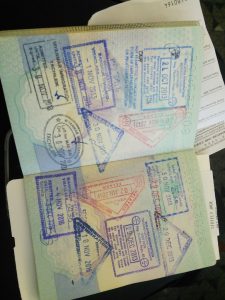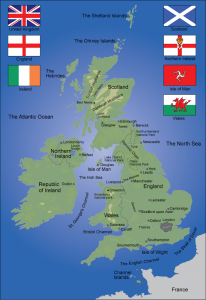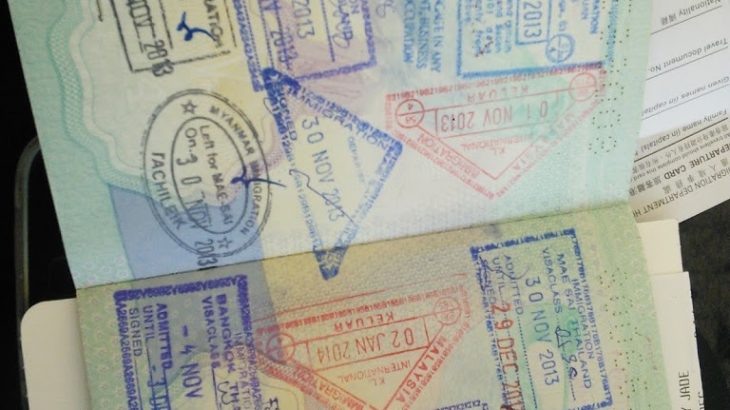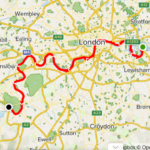Most people like to compare or compete in the number of countries they have visited. However, I’m not the competitive type. So, I used to have to sit and count how many countries I had visited, each time someone asked me the question.
These days I’m not inclined to share my ‘number’ unless someone particularly cites an interest.

For me it’s about the stories. Of course I’m going to tick things off my bucket list just like any other traveller. But the numbers don’t mean much on their own. If I revisit a place I can build on an experience or share a view of how it used to be. Who cares whether I’ve made double figures or the Travelers Century Club; the latter only exists to make money from its members which takes all the fun out of counting in my view.
If we have to talk numbers, what’s interesting is the rather complex process in which one has to go through to determine exactly how many countries have been ticked off so far. It seems to change every year, and is dependent on which governmental, academic, or agency organisation is validating the claims.
Rather confusing is the fact that many people consider territories and colonies as countries. For example, Northern Ireland, Scotland, Wales, and England are all often thought of as independent countries. Anyone from the UK may also find themselves filling in the nationality box with a number of answers. Great Britain is often assumed the same as the UK.

As a traveller, it is often easiest to treat a ‘country’ as a destination whereby a difference in language, currency or immigration systems exists, see here for more.
Most people go by the the UN sovereign states list whereby at last count there were 193 Member states and 2 Observer states.
Some might prefer, because there are a few extras, to consider the states with partial recognition ie officially acknowledged by at least one UN member. This would add 6, bringing the total to 201. Ensuring Taiwan, Western Sahara, Kosovo, South Ossetia, Abkhazia, and Northern Cyprus get a spot.
Then there’s the places often considered as de-facto independent countries such as Nagorno-Karabakh, Gagauzia, and Somaliland, only one of which I had heard of until researching for this post. More are listed in states with limited recognition.
The tiny “micronations” such as Cristiania (in Copenhagen) can be interesting places to visit, but probably can’t be taken seriously when counting countries.
Rebel-held territories and even Olympic nations are stretching it and then there’s the FIFA countries, eligible for the World Cup… I stopped at the point this became about sport rather than travel!
Coca cola claims to sell in more than 200 countries in the world, the lists go on and on!
If you are going to count or compete, keep it balanced. I love those conversations where I can share a tale from my travels in exchange for someone else’s latest destination recommendations.
As for whether the places on any list are worthy of a visit, that’s down to personal opinion. I’m sad that the 7 ancient Wonders of the World don’t even exist these days, if they ever did (hanging gardens of Babylon?). The replacements involve natural, modern and new places; lists that are somewhat contentious. I’m inclined to compile my own list instead – one that satisfies my curiosity and wanderlust.
For me, it’s simply about the experiences, and if that involves volunteering, visiting someone’s home or merely just seeing friends or family, then I’m there. Those are the tick boxes that should be checked and even then, do the numbers really matter.

As armed conflicts and civil wars continue around the globe, the list of countries in the world is bound to develop.
The definition of a country remains questionable, and I continue to ask myself whether I can I count where I’m heading to next. Watch this space and check back soon.




